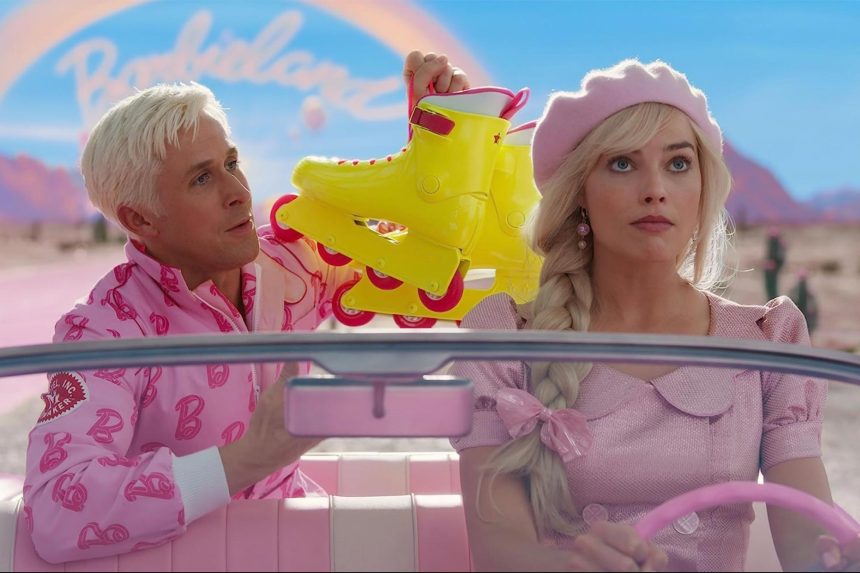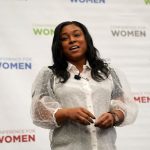Barbie, the iconic doll brand, will debut its highly anticipated movie on July 21. This groundbreaking movie not only promises much-needed nostalgia but will also serve as a catalyst for Barbie to further acquire the multicultural consumer. Over the years, Barbie has recognized the importance of embracing diversity and inclusion by creating dolls representative of all women. To date, the dolls have 35 skin tones, 97 hairstyles and nine different body types. Barbie also recently designed its first doll with Down syndrome in partnership with the National Down Syndrome Society.
The brand’s commitment to diversity, equity and inclusion is no different in the movie. The creators of the Barbie movie made it a point to collaborate with multicultural artists and leverage digital platforms, creating an avenue for diverse audiences to feel seen, represented and included.
Related: The Time for Diversity in Advertising Is Now
Amplifying impact through collaborations
Barbie took a holistic approach to multicultural representation and forged alliances with influential figures who embody and champion diversity, equity and inclusion. One notable partnership the Barbie movie made was with Issa Rae, an award-winning actress and producer. Additionally, the film has a diverse cast that reflects today’s multicultural world. While Barbie prides itself on being “the most inclusive doll line,” and its actions show its commitment to the multicultural community, it is expected that Barbie’s diverse on-screen representation will also result in a spike in ticket sales.
In fact, a study by Movio found a correlation “between a minority group’s representation on-screen and that group’s audience turnout, with some groups attending in numbers at more than twice the usual rate. The research also shows that increased representation of minority groups on-screen can influence less engaged moviegoers within that demographic to come out to the theater.” By embracing diversity in casting, the Barbie movie can further tap into the $3.9T minority buying power while bridging cultural divides and engaging a wide range of viewers who can identify with the characters.
Celebrating U.S. multiculturalism through music
The movie also champions multiculturalism through its diverse soundtrack, featuring collaborations with Latinx and Black artists. The film’s soundtrack announcement on Instagram showcased renowned Latinx artist Karol G and award-winning Black artists Lizzo and Nicki Minaj, to name a few. Curating a playlist for all consumer segments further affirms Barbie‘s commitment to celebrating diverse cultures.
By collaborating with artists from these communities, Barbie embraces their unique voices and talents and taps into their fan bases, fostering a deeper connection with multicultural audiences. This strategic approach enhances the authenticity and relatability of the movie. It is also a powerful example of how brands can drive multicultural marketing by spotlighting and collaborating with artists from diverse backgrounds, thus creating a genuinely inclusive experience for the movie-goer.
Related: The 1 Rule You Need to Follow to Authentically Build an Inclusive Brand
Digital engagement and community building
The marketing strategy for the movie extends seamlessly to digital platforms, harnessing the power of social media and online engagement to connect with multicultural audiences. Barbie has a robust digital presence and targeted campaigns on social media platforms like Instagram and TikTok. According to a study by Google, 64% of respondents reported taking action after seeing an ad they thought was diverse or inclusive. In addition, according to 5WPR 2020 Consumer Culture Report, 83% of millennials want brands to align with them on values.
Collaborations with social media influencers and content creators from various backgrounds were pivotal when promoting the film. These digital partnerships fostered a sense of community as individuals from different cultures shared their excitement and anticipation for the movie, creating a powerful ripple effect of engagement.
In addition, Barbie’s online platforms, most notably the Barbie Style Instagram account, provide an inclusive space where multicultural audiences can connect and engage with the brand. By featuring diverse Barbie dolls and celebrating various cultural influences on fashion and style, Barbie creates an environment that empowers individuals to embrace their unique identities. There is also the Barbie Selfie Generator, where users can put themselves into the marketing posters on an AI-powered website and include a Barbie-like catchphrase such as, “This Barbie is a boss.” The generator was a great way to develop excitement and foster community for all Barbie fans through user-generated content campaigns. This expertly crafted digital marketing strategy ensured that the Barbie movie resonated deeply with diverse viewers, cultivating a lasting connection beyond the movie that can translate into greater brand loyalty.
The upcoming film is a testament to the brand’s commitment to multicultural representation and diverse viewership. Barbie successfully penetrated the multicultural community by collaborating with diverse artists, deploying an inviting strategic digital marketing approach and fostering a platform for inclusive storytelling and engagement. Barbie also provided authentic representation, ensuring that minority groups can see genuine depictions of themselves on the big screen. These tactics go beyond movie promotion, inspiring future generations to embrace their unique identities and affirm Barbie’s legacy as a symbol of inclusive representation.
Related: Effective DEI Strategies That Result in Lasting Change
Read the full article here










